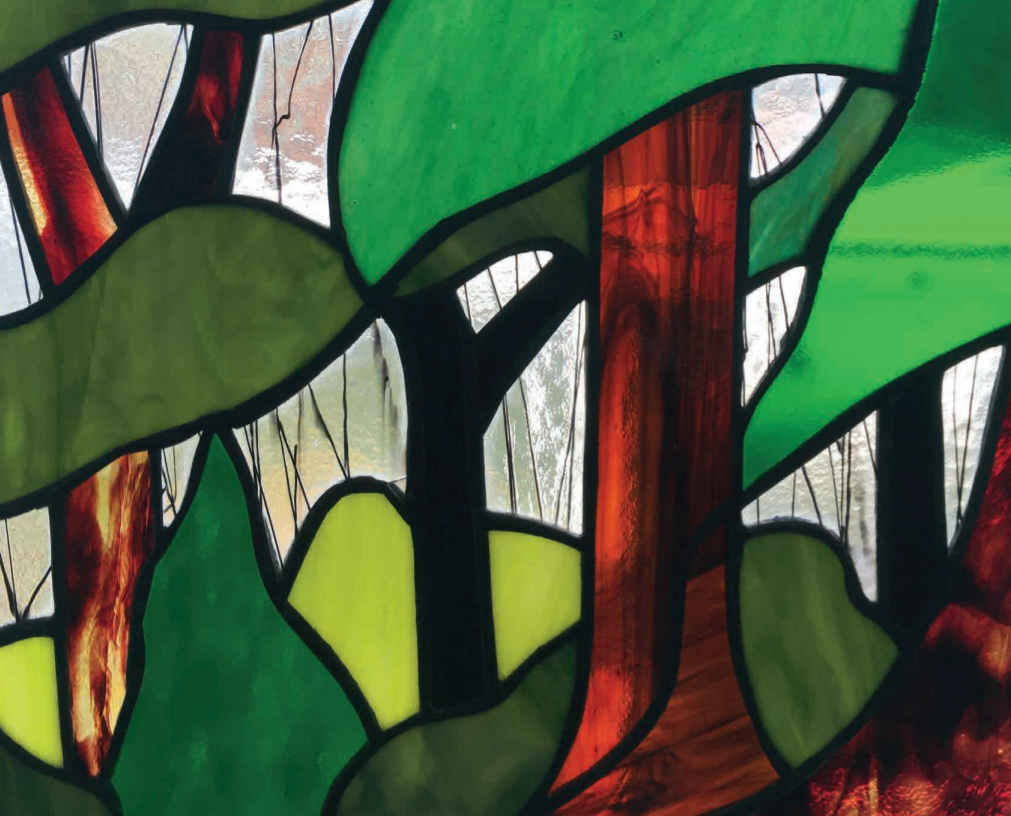Old growth information, analysis and technical advisory panel report

The province has brought together an independent Old Growth Technical Advisory Panel (TAP) to ensure we’re using the best science and data available to identify at-risk old growth ecosystems and prioritize areas for temporary deferral.
On this page:
Technical Advisory Panel
The work of the Technical Advisory Panel (TAP) has built on initial technical work by government and others to provide maps, analysis and detailed information on the status of old growth forest ecosystems in B.C. Results of this work are informing government-to-government decisions with First Nations on temporary deferral areas.
- Old Growth TAP terms of reference
- News Release: Science to help drive old growth deferrals (June 2021)
TAP analysis and mapping
The TAP mapped rare, at-risk, and irreplaceable forest types to identify recommended areas for temporary deferral. This mapping included:
- Big-treed old growth
- Priority big-treed old growth (a subset of Big-treed old growth)
- Ancient forest
- Remnant old ecosystems
- Intact watersheds
- Big-treed recruitment forest
Using the above mapping, the TAP identified Priority At-Risk Old Growth (aka Priority Deferral Area), which was comprised of:
- Priority big-treed old growth
- Ancient forest
- Remnant old ecosystems
Learn more about these types of old growth forests
The TAP performed their analysis using spatial data that divided the province into a 1 ha raster grid. This method is commonly used for large and complex strategic analysis and was considered appropriate given the strategic province-wide scale of analysis.
The original TAP raster data layers have since been converted to an “operational” scale based on traditional vector line work such the Vegetation Resource Inventory (VRI). Use these operational-scale vector-based layers for all operational planning and field assessments because they are more precise than the original raster-based spatial data. The original raster layers can continue to be used for strategic-scale analysis.
Access the TAP spatial layers through the GIS mapping spatial data
Raster data and vector data are two types of spatial data maps. The main difference is that raster maps present information as square data cells, or “blocks”, while vector maps represent data using points, lines, and polygons (shapes).
Generally, raster data maps are suitable for mapping and analysis of large areas (eg. timber supply area) while vector data maps are suitable for mapping and analysis of smaller site specific areas (eg. small watershed)
Analysis and reports
- Priority Deferrals Report (PDF, 1.2MB)
- Background and Technical Information (PDF, 1.8MB)
- Reference Material (PDF, 91.4KB)
- Old growth maps
- Online GIS Viewer - iMapBC
- Search “TAP” when exploring available layers to view.
- GIS mapping spatial data
- When using the above link, please wait for the list to load on the webpage
- Please note these files require specialized mapping applications
Total old growth analysis
The work of the TAP resulted in total old growth area calculations that are below previously estimated amounts.
Past provincial estimates identify approximately 13.7 million hectares of provincial forests are old growth. The TAP, through their methods using government provided data, estimates that there are approximately 11.1 million hectares of old growth – excluding private land.
The difference between the two estimates can be attributed to the following key factors:
1. Updated Inventories
In addition to regular annual updates, an update in 2020 to the provincial forest information included a substantial update to a very large area of northwestern BC where updates resulted in a decrease of more than 1M hectares of estimated old forest in the province.
2. Alternate methods for analysis
The collaborative work of the TAP along with provincial experts has resulted in agreed to enhancements to the methods used to analyse old forests. These enhancements result in a further decrease of about 1.5M hectares, and generally include consideration of:
- The impacts of mountain pine beetle and high/moderate fire activity since 2007.
- The definition of what is a forest. For the purposes of analysis, a forest is considered a stand if it covers at least 10% of the land.
- Interpretations of the Biodiversity Guidebook related to deciduous (trees that lose their leaves) forests.
- The way gaps in information are addressed.
- The area of the province included in the calculations. Differing methods may or may not include areas such as private land, municipal land, and/or First Nation reserve lands.

